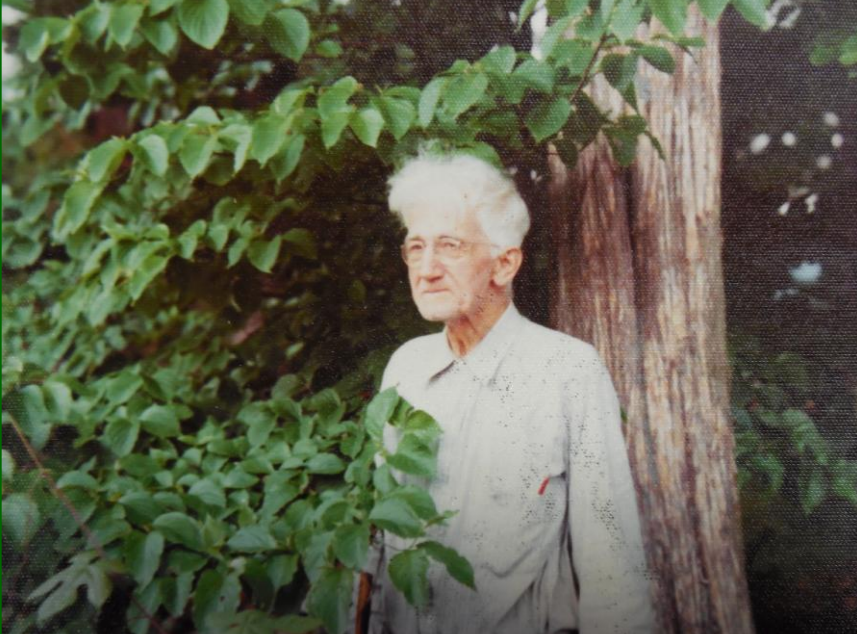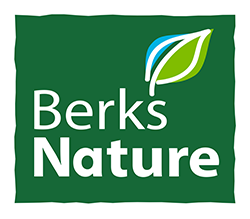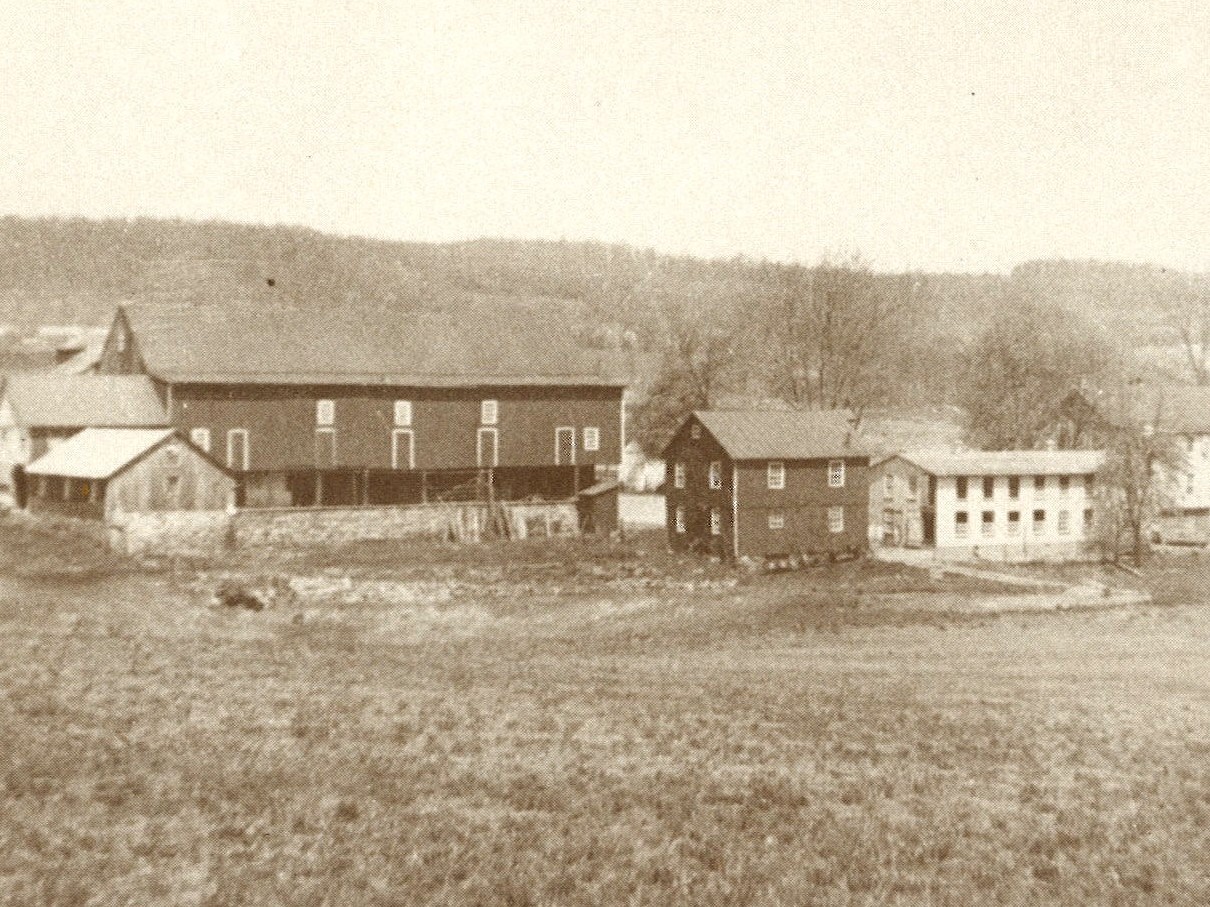Originally, they came to farm. Invited by William Penn himself, immigrants hailing primarily from the Rhine Valley in Germany braved the long transatlantic voyage to start anew in a fertile valley tucked within the southeastern corner of modern-day Berks County.
The hills of the Reading Prong cradled the valley, an oblong ring of rugged hills thick with mature stands of oak, beech, walnut, and chestnut trees. Through these woods, the headwaters of the Perkiomen, West Branch Perkiomen, and Swamp Creeks roam, kept cool and protected by the ancient woodlands before tumbling into the valley below.
For nearly three centuries, these creeks and springs sustained the valley’s community providing water for drinking, a power source for industry, and vital irrigation for agriculture.
They came to farm and brought with them a bold vision of land stewardship and community.
These were farmers who valued soil health, incorporating crop rotation and other measures to avoid soil erosion well before state agricultural schools taught these techniques. The scope of their stewardship extended even beyond their fields, into the forested slopes where logging was done sparingly to keep the hills lush and wooded. Maintaining these woods provided another layer of erosion protection for the valley’s fertile soils.
It wouldn’t take long for the valley to gain a reputation for its high-quality dairy produce. Its bounty of butter, milk, and cream was highly sought after, even finding markets as far downstream as Philadelphia. For over two centuries, agriculture served as the keystone pillar for the valley’s economy.
So renowned were these dairy delights, that the region was granted the name, “the Butter Valley”, a title it still carries today.
They came to farm, but found so much more than fields to till and pastures to tend.
The stunning interplay between the Valley’s bucolic lowland flats and verdant hillsides attracted creative visionaries and artists of all types including printmakers and poets, musicians and opera singers, and, perhaps most notably, furniture designers.
Hans Knoll and his wife, Florence, were two such visionaries. As a German himself, Hans Knoll felt right at home among the Pennsylvania Dutch craftsmen of the Butter Valley region. The Knolls set up shop in a former cigar factory in East Greenville near Bally with the dream of transplanting the modern Bauhaus design philosophy popularized in Europe to the United States.
Of the pair, Hans brought the business savvy while Florence possessed the artistic vision. She was creative, a seeker of art; she recruited artists from all over the world to design under the Knoll brand, which became famous for its modern design aesthetic.
The artists discovered by Florence set their roots in the Butter Valley, giving new life to the budding artistic community; their descendants, partners, pupils, and businesses continue to live and produce art in the Valley to this day. Among these transplanted talents were acclaimed designers Richard Schultz and Harry Bertoia.

View of Butter Valley. Photo provided for publication in Continuing the Vision, Preserving the Values – the Washington Township Sesquicentennial Publication by the Washington Township Historical Committee

The Sonambient barn in Butter Valley after renovation in 1969. Published photo from The World of Bertoia by Nancy N. Schiffer and Val O. Bertoia.
While most know the Bertoia name for his iconic chair and furniture designs, Bertoia was also a celebrated sculptor, driven by a lifelong love of nature and taking inspiration from his home nestled in the wooded hills of the Butter Valley.
His portfolio included hanging cloud structures, welded plants, weeping willow trees, and wire dandelions. The dandelion series in particular combined forms inspired by nature with the kinetic movement of his sounding sculptures: metal installations with musical capabilities.
Bertoia spent the final decades of his life creating these sound sculptures with his son Val Bertoia, which were collectively given the name SonambientTM; a combination of the words “sound” and “environment”.
“Nature is at every instant instructing us.” – Harry Bertoia
From the comfort of his childhood home and studio in Butter Valley, Val Bertoia continues the legacy of his father’s work while also creating his own nature-inspired sculptures. The Ecological Sculpture Pathway, an evolving installation that Val created as an opportunity for studio visitors to heal themselves by walking through nature, spirals through the very woods Val explored himself as a child.
“From childhood on, I was always running and playing in the woods;” reflects Val, “I was always a part of nature.”
Following in Val’s youthful footsteps, the path meanders past a menagerie of humorous as well as beautiful sculptures created by Val, his late father Harry, and fourth generation intaglio sculptor, Melissa Strawser.
The original Bertoia woodlands were conserved under a conservation easement held by Berks Nature in 2006.
There were others who wandered the slopes of the Valley, pulling inspiration from the landscape with which to create art and community. These figures lacked the notoriety of Bertoia or Schulz but made all the difference in their local actions.
Of these, few were as beloved or abreast of Butter Valley lore as Ralph Berky.

A few more days
And springtime’s sun again
will shine
And winter’s snow erase.
The crocus will appear.
The redwing chant “spring’s here”.
The skies will be more blue
And we – dear friend of mine –
Will feel its uplift too.
– Ralph W. Berky (August 1, 1963)
Ralph Berky. Photo provided by Bob Gerhart for inclusion in the Mennonite Historians of Eastern Pennsylvania Quarterly publication (Volume 18. No. 1 Spring 2015)
Berky spent most of his 87 years on this earth hiking the footpath trails between Bally and Hereford Township, composing songs, writing poetry, and scattering seed and suet for the birds. Inspired by this enduring deference and affection for nature, Berky made arrangements with a local farmer to set aside two and a half acres within their 40-acre woodland. This land became known as Larkland, a pioneer wildlife sanctuary and arboretum.
For nearly four decades, Larkland was a pillar of the Butter Valley community. In Larkland, the Valley’s families gathered for the annual “Doggie Roast”, an evening of fireside music and thanksgiving; in Larkland, visitors from far and wide wandered the winding woodland trails on what Berky called “contemplative walks”; in Larkland, Berky’s own Meadowlarks, a nature-based study group for young boys and girls, learned the value of standing quietly in nature to simply listen, look, and learn.
“Ralph Berky was an ecologist long before the word ecology was popularized,” recalled Pastor Bob Gerhart, who knew Berky as “Uncle Jolly” growing up in Butter Valley.
Perhaps the one misstep taken by Berky on his long and resonant walk through life, was failing to make arrangements to preserve or continue his work after his passing. Yet through no formal mandate, Berky’s reverence for nature and affection for all life continues to be carried forward by the residents of Butter Valley; seeds of inspiration planted by Berky now budding into life, blooming into action.
During early settlement, the wooded hills protected Butter Valley from major metropolitan development. But ultimately a major thoroughfare, PA Route 100, intruded the Valley and with it pressure to build, develop, and pave.
But the creatives of the Valley – the farmers and artists who looked to the land for life, inspiration, and community – were unwilling to yield the valley, their muse, to the incessant trudge of urban sprawl.
One member of this new generation of Valley stewards was Joe Wolfgang. Wolfgang was a well-connected man; he himself hailing from a family of Mennonite farmers with a long history in the Valley. But he also had a background in politics with enough social savvy to mobilize grassroots action.

Campfire girls Janet Bechtel and Miriam Kulp during a campout at Larkland. Photo provided by M. Smith for publication in Continuing the Vision, Preserving the Values – the Washington Township Sesquicentennial Publication by the Washington Township Historical Committee
In the mid-1990s Wolfgang and his sister, Sarah, rallied the Valley’s varied conservation-minded constituency under a shared banner; that banner was the Lorax Foundation, a non-profit land trust with a mission to preserve the historic farms and valuable natural resources – from woods to watersheds – of the beautiful Butter Valley.
As a land trust, the Lorax Foundation relied on deed restrictions, fee title acquisitions, as well as comprehensive zoning and planning at the municipal level to protect the Butter Valley’s open spaces. With development pressure boiling over from the south, they set out to preserve the open stretch of green space between Bally and Hereford.
The Lorax Foundation found support for this mission not just among the Valley’s farmers, but also with its artists. For over ten years, Val Bertoia hosted fundraisers at his studio to generate income for the Lorax Foundation; income that was used to help cover the legal fees and stewardship costs associated with formalizing conservation easements. These art shows not only raised funds for the Lorax Foundation, but also showcased the creative works of artists from Butter Valley and beyond.
Thanks also to the conservation efforts of Berks Nature and Berks County’s Agricultural Easement (ACE) program, the Lorax Foundation was remarkably successful in protecting their precious Valley. In 2012, the Lorax Foundation and Berks Nature (the Berks County Conservancy at the time) agreed to combine their efforts. The Lorax Foundation dissolved, Berks Nature adopted responsibility for managing their Butter Valley easements, and a fund dedicated to supporting local conservation efforts in the Butter Valley was established.
Today, Berks Nature holds nine conservation easements in the Valley, totaling approximately 505 acres. Between Berks Nature and the Berks County ACE program, ten agricultural easements totaling approximately 723 acres have also been established.
These easements exist today because of the Butter Valley’s deeply rooted land ethic. Following the foot trails left by Berky and other early visionaries, the next generation of Butter Valley stewards answered the call for action.
“I would not be surprised at all to learn, if you were to interview the other families here in the Butter Valley who conserved their properties, that they would bring up [Berky’s] name; that perhaps at the heart of their decision to conserve their properties there was his early influence on their lives.”
“I would not be surprised at all to learn, if you were to interview the other families here in the Butter Valley who conserved their properties, that they would bring up [Berky’s] name,” speculates Kyle Traylor, longtime resident of the Butter Valley and conservation landowner, “that perhaps at the heart of their decision to conserve their properties there was his early influence on their lives.”
During the Lorax Foundation’s tenure in Butter Valley, Traylor, a long-standing member, served as Treasurer for the organization for a number of years. But her path to the Lorax Foundation (and ultimately to the decision her family made to place their property under a conservation easement in 2022) was blazed first by Ralph Berky.
It was Berky who first shared with Traylor the names of John Muir and Rachel Carson; who inspired Traylor and her sisters in their childhood to create their own “Little Larkland”, a small, meandering trail system within their own woodlands; who taught the sisters to stand still and quiet, bidding chickadees and titmice to come feed on sunflower seeds straight from their young hands.
“I think that’s what he tried to share or impart to everyone he came in contact with, that we not take for granted the beauty of our natural world, flora and fauna, nor our fellow human beings,” reflected Traylor, “I think he’d be happy to know that efforts have been made here in the Butter Valley to protect the streams and woodlands and fields.”
Efforts that continue even to this day. In addition to Traylor’s family property, an easement totaling 102.8 acres, Karen Wright, former President of the Lorax Foundation, placed an easement on her home; a nearly 50-acre property that was once owned by the famous Knoll designer, Richard Schultz.
Artists like Bertoia and Schulz, whose collaborations were inspired by the woodlands they shared; ecologists like Berky, whose walks across the Valley’s fields and forests inspired young and old to listen, look, and learn in nature; and modern day farmers and stewards like the Wolfgangs, Traylor, and Wright, whose inspirations guided conservation action to preserve the Valley’s rich natural resources and vibrant ecosystems; all found, and shared, a common muse in the Butter Valley.
Some came to farm, but all found inspiration.
(Banner photo: The Ehst Farm in the Butter Valley circa 1940s. Photo provided by K. Ehst for publication in Continuing the Vision, Preserving the Values – the Washington Township Sesquicentennial Publication by the Washington Township Historical Committee)


Hello,
I work for the Pottstown Area Regional Recreation Committee (PARRC), a group of 8 municipalities, including Washington Township, Berks Co. I’m preparing a storymap that focuses on the parks and trails of the PARRC region. I saw this great picture of the Butter Valley above and I was wondering if I could use it in the storymap, with credit of course.
Thanks,
Tricia
Hello Tricia,
That shouldn’t be a problem! We ourselves found this photo of the Ehst farm in the Washington Township Sesquicentennial Publication – perhaps if PARRC has access to publication you could even pull it from there? But we are of course happy to share if you don’t have this publication on hand. Please email regan.dohm@berksnature.org and she can share the photo and appropriate citation.